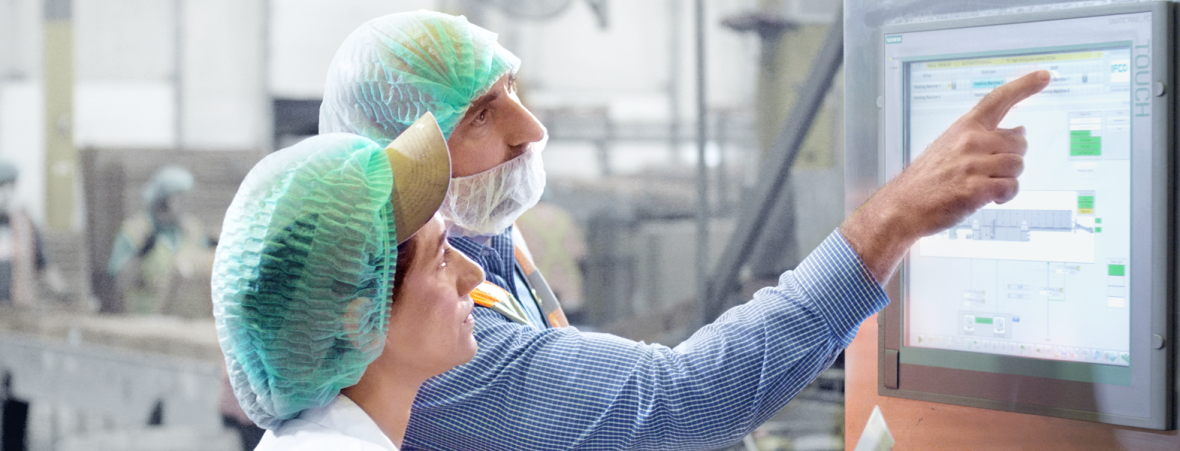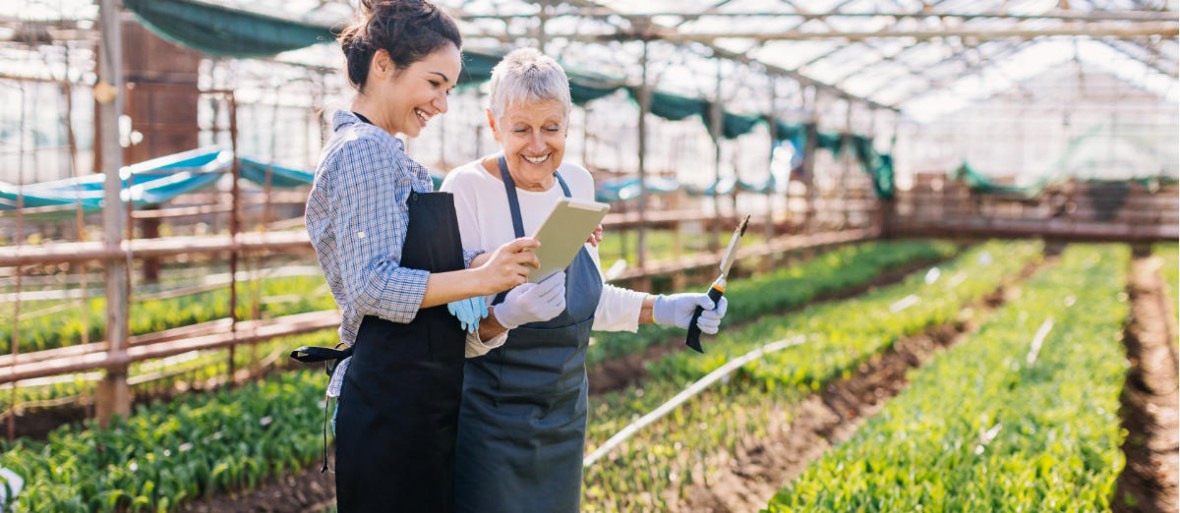As rich a picture as possible. This is what you need for robust decision-making processes. And yet, our industry still suffers from an incomplete view of reality. Smart supply chain visibility tools and human ingenuity help tackle low visibility, our industry’s greatest blind spot.

Our industry is still lacking complete visibility of the supply chain, particularly at a granular level. And even where we do have visibility, it often comes from out-of-date information and requires extensive manual intervention to produce.
That’s not how it should be – or needs to be.
Thanks to advances in technology, we are fortunate to be living in a time of hyper connectivity and ubiquitous computational power. We need to tap into these powerful forces more strategically to reveal an even clearer picture of what’s going on.
After all, you cannot respond to what you don’t know.
To my mind, low visibility leads to distorted decision making. Opportunities are missed, challenges are not addressed. And our industry’s carbon footprint, food waste and inefficiencies will remain high. This is why I see visibility as our industry’s greatest blind spot.
And it’s why our best people here at IFCO are already tapping into some cool technology to give us the right tools to tackle this challenge. Above all, we’re exploring and working on supply chain visibility technology that can help bring the complexities of your operations into sharper focus. And with it some important opportunities.
Essentially, end-to-end supply chain visibility has the potential to improve supply chain transparency and the in-transit monitoring of your fresh products in two important areas.

First, better supply chain visibility improves the trackability of fresh products. At the most basic level, trackability is about being able to track, or follow, your products as they travel on route to the destination. Ultimately, if you have real-time trackability, you can answer the question: "Where are my fresh products now?"
More sophisticated location data solutions track the real-time physical location of a particular delivery and provide important insights on the journey. This type of tracking is often referred to as condition monitoring. It answers the questions: "What are the in-transit conditions (temperature, humidity, light or shock for instance) and how are my products coping (remaining shelf life, for example)."

Second, better supply chain visibility improves the traceability of fresh products. If you have better traceability, you have data on the grower, as well as granular data on the journey along the supply chain. If you implement better traceability, you can answer the questions: "Where did my fresh products come from?", "How did they get here?", "What happened along the way?".
Enhanced traceability is crucial for increasingly stringent regulatory compliance and public safety. Better visibility in the supply chain enables fast and efficient product recall, for instance, which reduces the impact contaminated food products can have on public health. Any delays in the recall process of fresh products can damage brand reputation, often beyond repair.
Crucially, there is a lot of overlap in the meaning of trackability and traceability, which is why the two terms are often used together. Ideally, you will have both. You need to know where something is, where it has been and what conditions it is under and in. When you have all this, you can take action to get the desired results: an all-round improvement in the visibility of your supply chain operations.
Disruption is often lurking just around the corner. And with every disruption come empty shelves, as well as wasted food, resources and energy. And dissatisfied consumers. All of which reflect badly on retailers and producers alike.
Identifying disruptive risks and taking the appropriate action in good time depends on pertinent insights. While gut feeling and past experience is certainly useful in such decision-making processes, they are no competition for today’s digital tracking tools and advanced data analysis.
What the industry needs to be doing is monitoring every step of the fresh grocery supply chain through a sustainability and efficiency lens. Technology is essential to build that lens. Cloud-based applications provide an accessible platform for data analysis, IoT solutions and ubiquitous sensors allow real-time tracking and monitoring. While Artificial Intelligence and machine learning are making waves in predictive monitoring.
However, we need to implement the right innovative technology strategically to get us the visibility we need. The focus should not lie primarily with the latest tech-driven trend. Instead, in my view, we need to focus on how tech-driven insights can unlock hidden value more easily. And bring about the impactful change you need.

As we already track our own RPCs throughout their life cycle, it’s an easy next step to share the relevant insights on the flow of goods through your supply chain with you. To this end, we have already introduced a range of digital tools to boost supply chain visibility.
Mainstream technologies, such as RFID tags and Data Matrix codes, track how your fresh products in our RPCs flow through the end-to-end supply chain on a granular level. Such insights help identify and eliminate points of inefficiencies.
By embedding supply chain visibility technology directly into our reusable packaging containers, inventory management becomes frictionless and more automated. As the technology monitors the inventory levels remotely, we take over the responsibility for this administrative burden. We also ensure that the necessary RPCs are delivered only when and where they are needed.
It’s cost-effective, efficient and frees up expensive warehouse space for more productive processes.
As a next step, we need to implement in-transit data gathering that will unlock further value. As I outlined above, advanced tracking and condition monitoring measures the harsh environmental conditions that fresh products must withstand. Data points measure and monitor fluctuations in the environmental conditions and movements that could affect the quality of perishable products.
Real-time, right-time and historical data can be analyzed to build better trackability and traceability to provide actionable insights. Knowing the temperature, vibrations and disruptions in the transportation can help you identify potential causes of food damage or loss and even help re-forecast remaining shelf life.
Such data-driven insights can be used to re-route fresh products to retail operations that are closer or in need of a faster restocking, for instance. The same information can be used to improve processes in the long term, such as replenishment timing, or even the layout and design of your warehouse or store.
“Ultimately, a joined-up approach to supply chain visibility provides the sustainability and efficiency lens the industry needs.”
Undeniably, the most effective supply chains are agile and they preempt disruptions. What’s most exciting about supply chain visibility technology is that it can help us spot patterns and join the dots so that we can improve operations where it matters most.
At the same time, smarter digital tools only deliver the most relevant information to the people who need to see it at the right time. An intuitive interface ensures data is easy to interpret. This is how we will help our industry best deal with key issues, including the scarcity of resources, the shortage of personnel and the effects of climate change.
To move the needle on supply chain visibility, you need real data, real transparency and real commitment. The right technology implemented in the right places can help shed light on critical pieces of the supply chain landscape that were difficult to see before.
I believe that close collaboration with experts in the field will get the best solutions for producers, growers, retailers and the planet. By working together, we will all be better placed to identify flaws and make the most of game-changing opportunities.
Ultimately, a joined-up approach to supply chain visibility provides the sustainability and efficiency lens the industry needs. Real-time, right-time and historical granular data will change the game completely and build the best-in-class supply chains our planet needs. I’m excited about the new insights – and looking forward to the opportunities they are sure to bring.

Stay up to date
Want the latest fresh food packaging industry knowledge delivered straight to your inbox? Subscribe to our newsletter and get the latest news, trends, articles and more!
